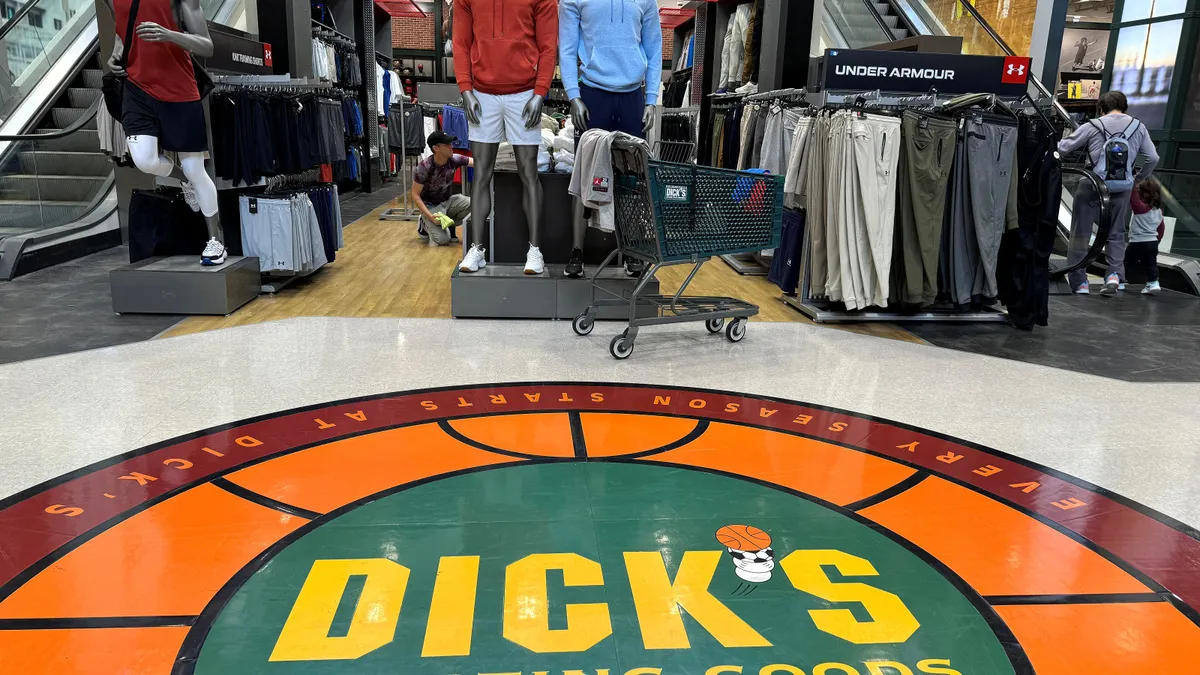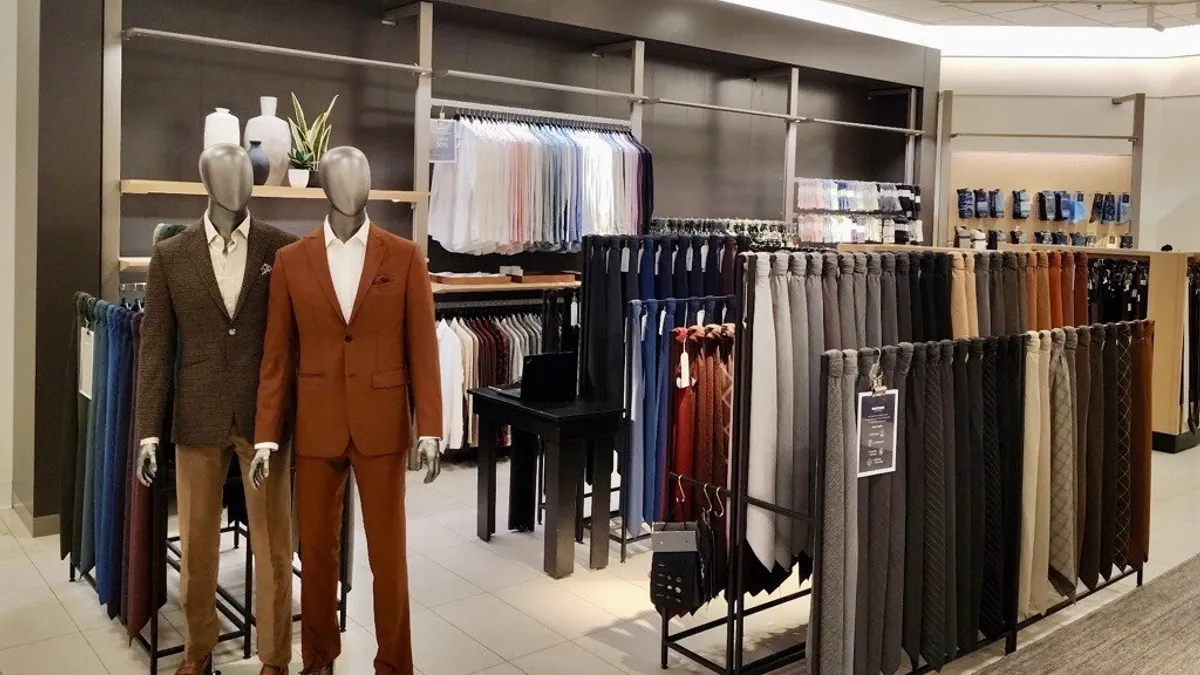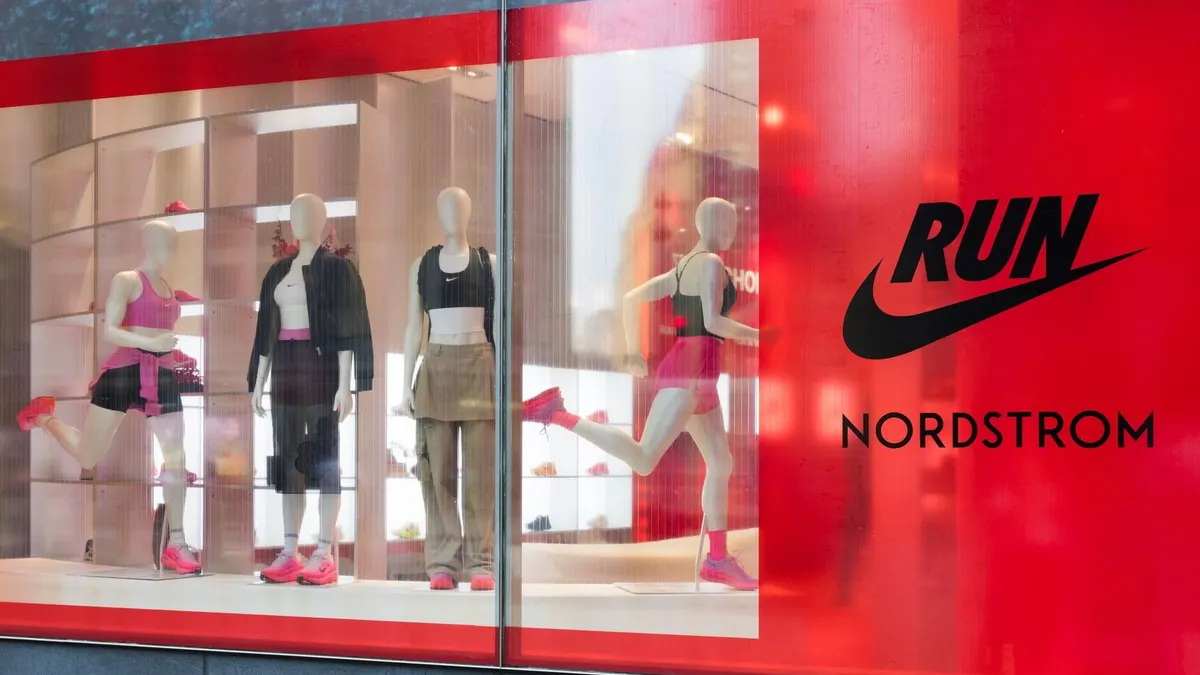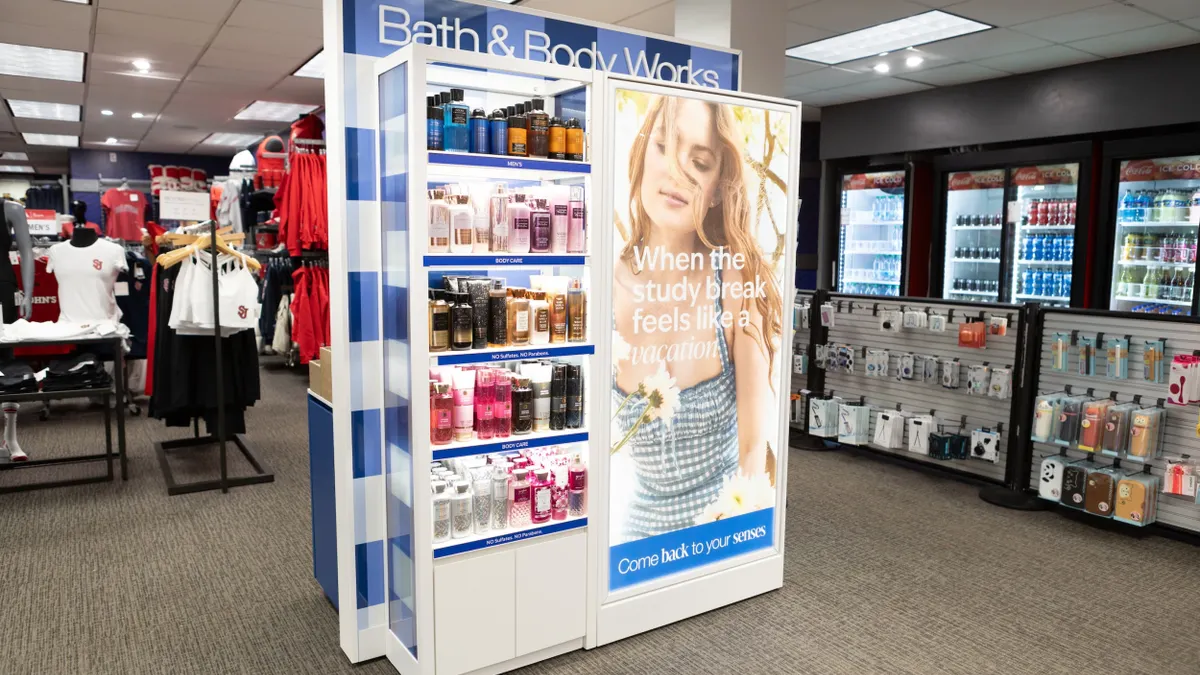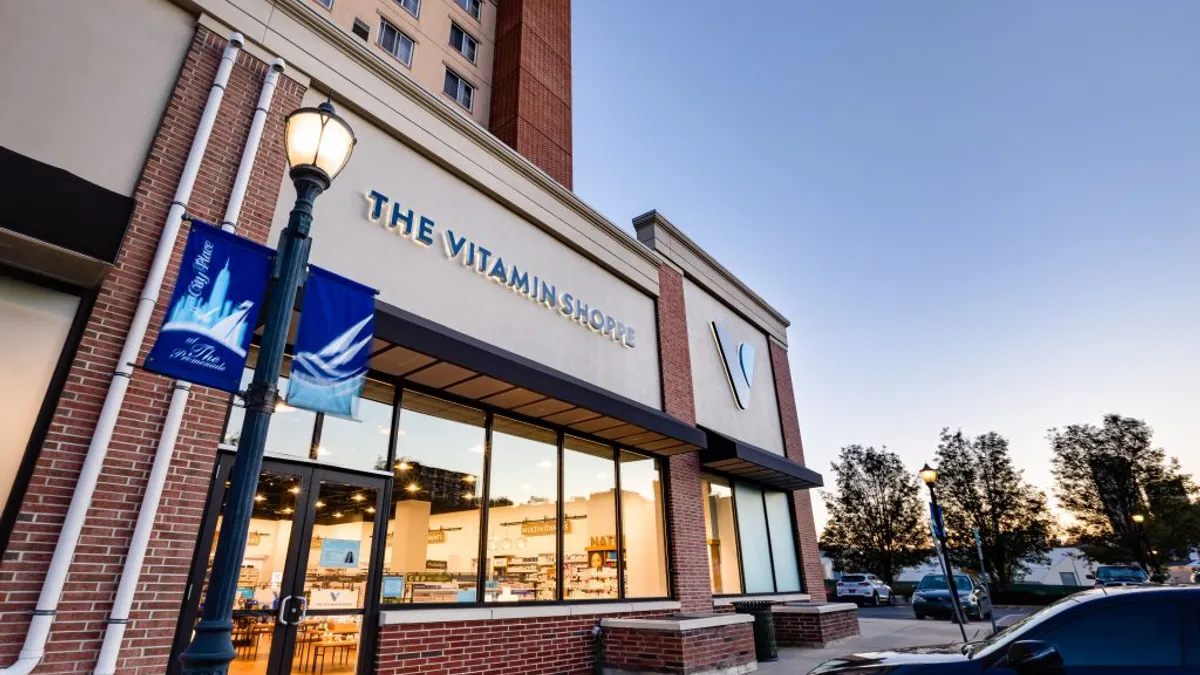Editor's note: The following is a guest post from Howard Meitiner, Carl Marks Advisors managing director and former President and CEO of Sephora USA. He can be reached at [email protected].
Recently, U.K. department store Debenhams announced it was closing after 240 years in business. It's the latest in a long line of retailers including Lord & Taylor, Henri Bendel, Barney's and more to liquidate its assets in the past few years. While at first glance, some may blame COVID-19 and the toll it's taken on the retail world, in truth, the pandemic merely accelerated changes that were already happening. Even in the "before times" of 2019, shoppers had to be convinced to step foot in a brick-and-mortar store or have a very specific reason to do so.
It wasn't always like that though. Shopping used to be an experience, and as the public re-emerges from a year of restrictions and risk, all retailers — particularly department stores with a strong brick-and-mortar presence — should take a lesson from the past in order to create future success.
Learning from the past as inspiration for the future
Department stores used to be destinations, not just a place to buy a shirt or a new pair of shoes. Harrod's in London was a full-fledged tourist stop, as was Macy's in New York City, and they were designed as the place to be. Their architecture and design was grandiose yet welcoming, an experience, and their layouts were multi-purpose – a third space that was neither home nor work.
As consumers began to value convenience, low-cost and the "Amazon-effect," the experience of shopping lost its allure and stores lost their way — and value proposition. Now, after a year of pandemic-related lockdowns, consumers have pent-up demand for a return to normal and for retailers, that means an opportunity to bring them back into brick-and-mortar stores.
But as consumers look to reengage — physically and mentally — stores need to recognize that shopping will need to change with the times. The customer wants to move forward and not go back to old unsatisfactory shopping experiences.
The new normal
Most critical to helping customers overcome any lingering feelings and fears related to the pandemic is to ensure visible hygiene, cleanliness and safety protocols that demonstrate an empathy for their wellbeing. Even when COVID presents less of a threat, the new, more conscious consumer will still value these displays. Not to mention capacity restrictions, new fitting room protocols, and enhanced use of in-store technology with AR and VR capabilities that reduce in-person contamination risks.
Remaining technology-enabled
Today's consumers are highly connected and retailers need to embrace their technological appetite. Omnichannel shopping experiences that bridge the gap between in-person and online are critical and retailers must engage consumers at every touchpoint. A campaign can't promise a connected, high-tech experience only to have the reality of visiting the store fall flat.
An in-store experience also needs to integrate an intuitive online shopping experience, with seamless options for buy online, pick up in store and delivery. Consumers won't hesitate to shop online if a brick-and-mortar retailer underwhelms them. Retailers must meet the customer where and how they want, and that means embracing new technologies and new modes of connecting.
Turning brick-and-mortar into an experience
With less real estate demand but more hunger for a bespoke experience, there is a unique opportunity for retailers to reimagine how spaces can be used, and they are only limited by their own imagination.
In 2017, Saks Fifth Avenue's flagship store in New York dedicated an entire floor to experiential shopping. Almost every Lululemon shop offers in-store yoga and fitness sessions. Nordstrom's have introduced Tonal exercise shop-in-shops. Other retailers have – and will continue to – partner with local restaurants and influencers to create pop-ups within their walls.
For department stores and the shopping centers they anchor, they must literally think outside the box to create a full-fledged experience that is tailored to the needs and wants of their local community. A number of communities across the country are already repurposing old style shopping malls into mixed-use spaces including fulfillment centers, medical centers, co-working spaces, outdoor dining areas, daycare, pet care, etc. and even residential properties.
Going forward, it will be especially critical for retailers and the malls they inhabit to innovate the way they use their space and pivot their business models to once again be the kinds of destinations their desired consumers enjoy spending their days.
Retail's path forward
2019 saw 17 major retail bankruptcies, and in 2020, 30 retailers filed for bankruptcy. Though there was an uptick, these numbers indicate that the pandemic is not solely to blame for the industry's decline. As the industry struggles to bounce back, retailers need to use recent challenges as an opportunity to evolve into more resilient and innovative propositions.
The COVID pandemic has brought about a need for reimagining what the retail experience must become. Smart retailers should untether themselves from the current idea of what a retail store is, and take lessons from the destination models of the past. Those that can be reinvigorated with the tech and spirit of today's world will be strong players in the coming decades.








